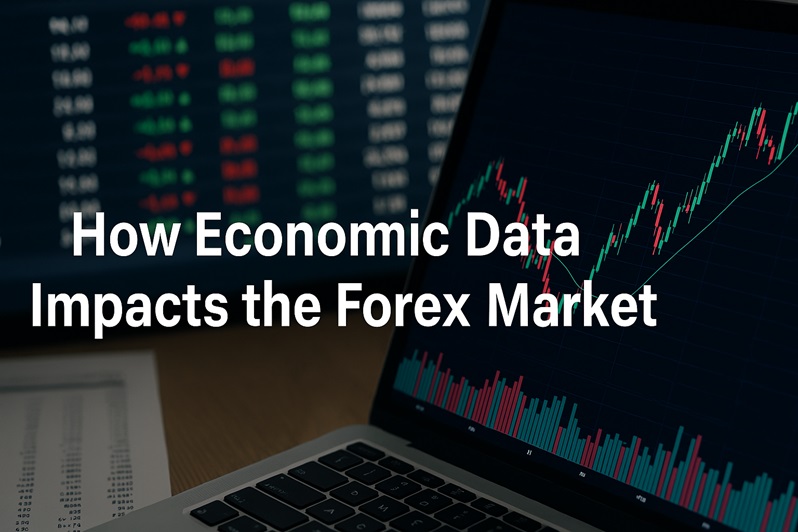
Economic data is the heartbeat of the Forex market. From employment reports to inflation figures, the constant flow of economic indicators drives the decisions of traders, institutions, and central banks alike. Understanding how this data influences currency values can provide traders with a powerful edge in navigating market movements and predicting future trends.
The Influence of Macroeconomic Indicators
At the core of Forex price fluctuations lies macroeconomic data. Key indicators such as GDP growth, consumer price index (CPI), unemployment rates, and interest rate announcements have a direct impact on a country’s currency value. When economic data beats expectations, it often leads to currency appreciation, as traders anticipate stronger economic performance and potential monetary tightening.
Central banks rely on this data to set policies that stabilize the economy. If inflation is rising, for instance, a central bank might raise interest rates, which typically strengthens the national currency. Conversely, weak economic performance can lead to rate cuts or quantitative easing, which often devalue the currency. Forex traders who closely follow economic calendars can prepare for volatility and align their strategies with upcoming releases.
Market Sentiment and Data Surprises
Economic data doesn’t just influence currencies through raw numbers—it also shapes market sentiment. A positive employment report may not always push a currency higher if the market was expecting even better results. Likewise, a slightly negative GDP report could spark strong reactions if it contradicts the broader economic outlook.
This discrepancy between expectation and reality is known as a data surprise. Forex markets are especially sensitive to these surprises, with major currency pairs experiencing sharp moves within seconds of data release. Sophisticated traders and algorithms monitor this data in real-time, making timing and interpretation just as important as the content itself.
High-Impact Reports to Watch
Some economic releases consistently move the Forex market more than others. Reports such as the U.S. Non-Farm Payrolls (NFP), Federal Reserve interest rate decisions, ECB press conferences, and inflation readings from G7 nations are closely watched by global traders. The timing of these events often corresponds with heightened volatility and increased trading volume.
While these high-impact reports are valuable, it’s also essential to consider the broader context. For example, rising inflation in one country may not lead to currency gains if other nations are experiencing similar trends. Understanding the relative strength of economies is key to interpreting economic data effectively in a globalized Forex landscape.
Conclusion
Economic data is a foundational force in Forex trading, guiding market sentiment, influencing monetary policy, and driving currency movements. By learning to interpret key indicators and recognizing the importance of timing and market expectations, traders can use economic data to make more informed decisions. Staying updated with economic calendars and understanding the broader macroeconomic picture is essential for long-term success in currency trading.
FAQs
What economic data is most important for Forex trading?
Key reports include GDP, inflation (CPI), unemployment rates, and central bank announcements.
How quickly do Forex markets react to economic data?
Major data releases can trigger market moves within seconds, especially if results are unexpected.
Why does a strong data report sometimes cause a currency to fall?
If the data falls short of market expectations, even strong numbers can lead to negative sentiment.
How can I prepare for economic data releases?
Use economic calendars, set alerts, and avoid trading during high-risk periods if volatility is a concern.
Are all currencies equally affected by economic data?
No, major currencies with more global influence tend to react more sharply to data releases.
